By Cate Simpson
Nestled in the centre of beautiful Vancouver is a breathtaking island oasis that will capture your heart and seduce your senses. This gathering spot for both locals and tourists draws 10 million visits each year.
More than a destination, Granville Island is an urban haven spilling over with fine restaurants, theatres, galleries and studios, as well as all things fresh: seafood, fruit, vegetables, plants, flowers, candy, fudge, breads and baked treats.
But how did it come about?
In the late 1960s, the federal government tasked the Canadian Housing and Mortgage Corporation with developing a wide swath of former industrial land on the west side of Vancouver into a livable community.
With the Vancouver Fraser Port Authority shoring up the waterfront — and what is now know as Granville Island connected by road as a peninsula — CMHC went to work building social housing, co-op housing (including a live-aboard marina co-op), full market condos on lease as well as non-lease land, and market, non-market and subsidized rentals, turning False Creek South into an award-winning community of cohesive, mixed housing that continues to be studied by planners around the world.
With the success of the False Creek development, and with developers eying the dilapidated industrial waterfront land nearby on Granville Island the federal government again reached out to CMHC to develop the area as a public space.
The federal government invested $24.7 million between 1973 and 1982 as CMHC turned Granville Island into a exciting public space, filled with artists and makers, restaurants, theatres, galleries and studios. In 1979, a 50,000-square-foot building was converted into the now-famous Public Market. In 1980, the Emily Carr University of Art & Design was added to the island.
Ron Basford, the federal minister responsible for CMHC, was referred to as Mr. Granville and later recognized with the naming of Ron Basford Park on Granville Island.
With a $20 million budget, Granville Island operates much like its own municipality, separate from the City of Vancouver, managing all its own water, power, roads and infrastructure, and receiving only emergency responder services from the city.
The 40-acre piece of land is fully sustainable with no government funding. It is funded entirely from rent, parking and the occasional filming permit. Up until 2020, when Granville Island reached out for emergency COVID-19 funding in order to assist its more than 300 tenants, the island had not received any further funding since that initial $20 million investment over 40 years ago.
Today, Granville Island is home to 275 businesses and facilities that employ more than 2,500 people, and it generates more than $215 million in economic activity each year.
Visitors to Granville Island will find handmade apparel and jewellery, local breweries and distilleries, nine restaurants, seven theatres, the Granville Island Hotel and hundreds of annual events and festivals that fill the space both day and night. Visitors are also welcome to simply shop in the Public Market, taking tantalizing meats, cheeses and desserts outside for a picture-perfect picnic along the scenic waterfront that surrounds Granville Island.
– This story first appeared in SOAR Magazine, the in-flight magazine for Pacific Coastal Airlines.
***
Plan your adventures throughout the West Coast at westcoasttraveller.com and follow us on Facebook and Instagram @thewestcoasttraveller. And for the top West Coast Travel stories of the week delivered right to your inbox, sign up for our weekly Armchair Traveller newsletter!

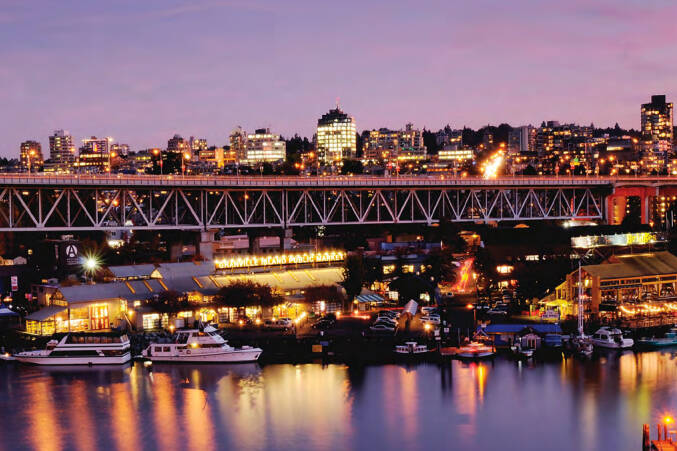
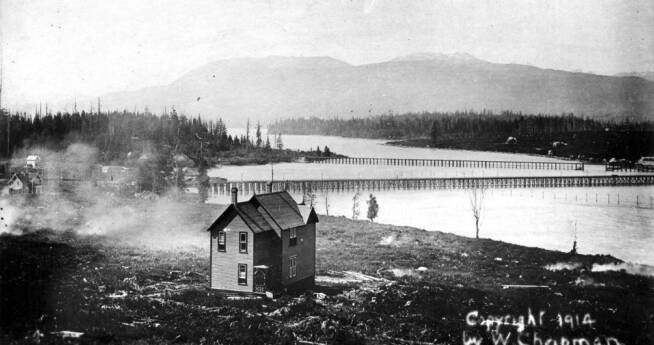
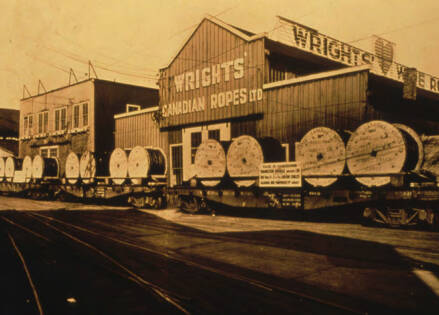
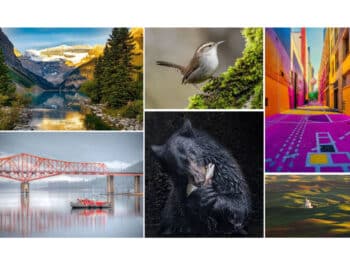
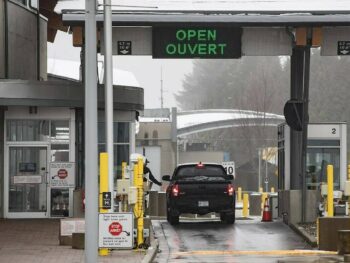


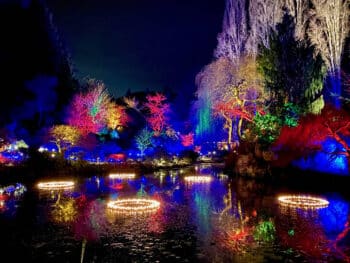

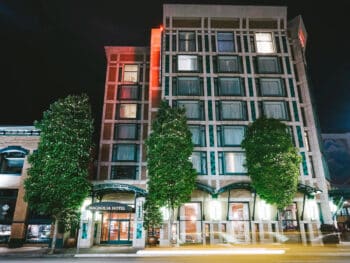
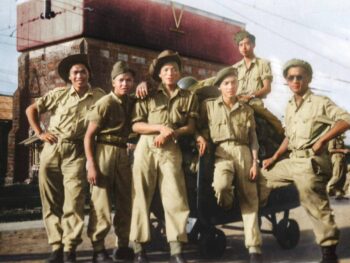
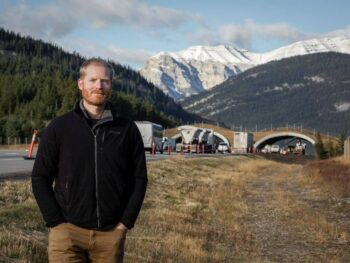
 How to pack a carry-on: The WCT Travel Guide
How to pack a carry-on: The WCT Travel Guide